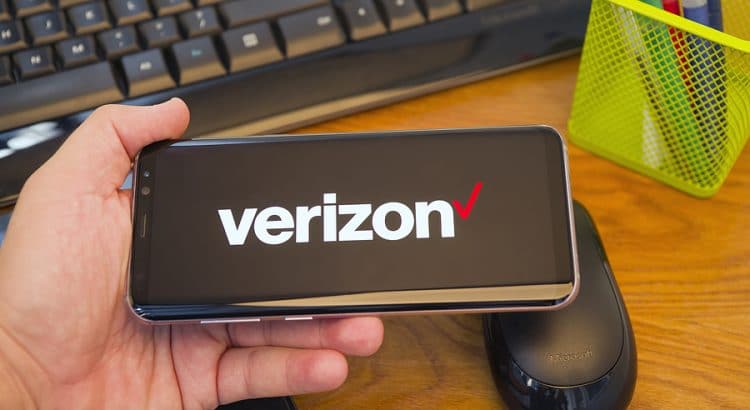The business line reseller Teltik may be transitioning to a more conventional structure as an MVNO.
Earlier today, a Reddit user shared a transcript from a conversation with a Teltik support agent. The agent suggested that a migration is underway and that Teltik will accept new customers in a few weeks. Based on what the support agent said, it looks like Teltik will continue to run over T-Mobile’s network but will transition to a traditional MVNO model. Some perks Teltik used to offer, like international data access and T-Mobile Tuesdays, will not be available under the new setup.












